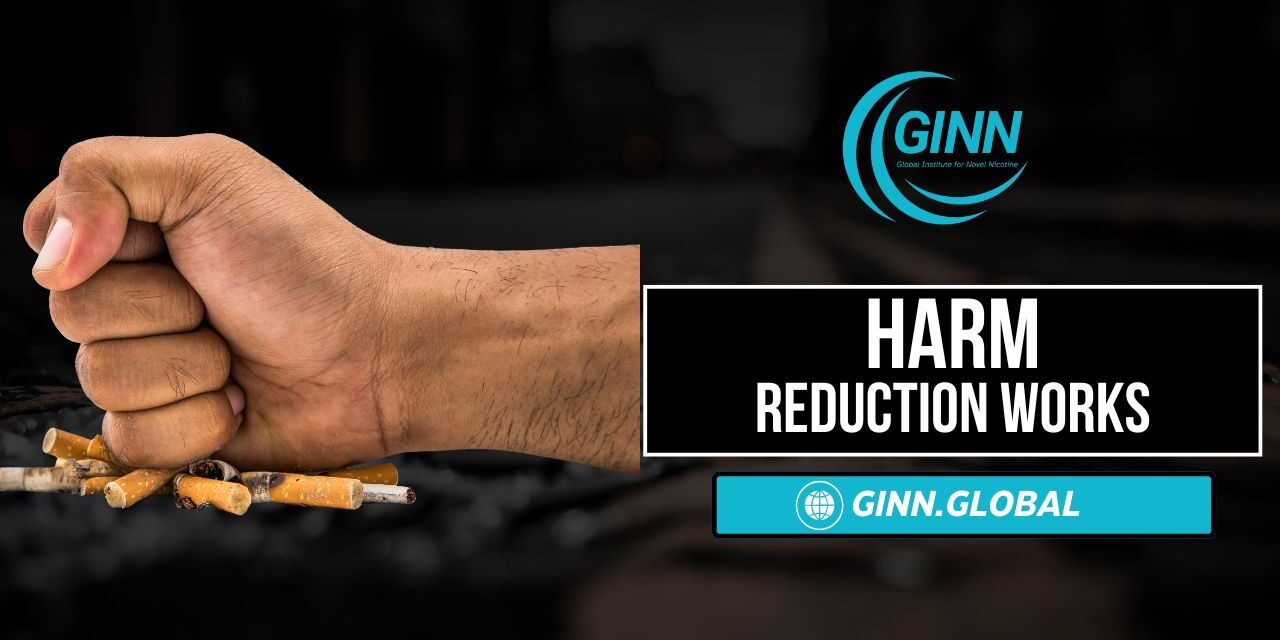The Global State of Tobacco Harm Reduction 2024 (GSTHR) delivers one of the clearest pictures to date of where the world stands in its efforts to reduce smoking-related death and disease through safer nicotine products (SNPs). As the report reveals, the momentum for harm reduction is growing—but so too are the policy obstacles, misconceptions, and missed opportunities that threaten to stall progress.
1 Billion Smokers. 8 Million Deaths a Year. Still No Urgency?
Despite decades of tobacco control efforts, over one billion people still smoke—and eight million die each year from smoking-related illness. Most smokers live in low- and middle-income countries. Traditional strategies like taxation and advertising bans have helped in high-income regions, but even there, vulnerable populations are being left behind.
The report makes it clear: without bold new strategies, the world remains on track to see one billion tobacco-related deaths this century.
Safer Nicotine Products: Science Over Stigma
At the heart of harm reduction lies a key principle: the danger comes from the smoke, not the nicotine. Removing combustion drastically reduces harm. Products like nicotine vapes, pouches, heated tobacco, snus, and NRTs offer smokers a radically safer way to consume nicotine.
- Vapes are 95% less harmful than cigarettes, according to UK public health reviews.
- Snus has been proven to reduce cancer and cardiovascular risk, particularly in Scandinavia.
- Heated tobacco and pouches fall well below combustibles on the risk spectrum.
Yet many governments treat these products as if they were just as harmful—or worse.
Global Trends: 144 Million and Counting
GSTHR estimates that:
- Vaping has doubled since 2018, with 114 million users globally.
- Adding users of heated tobacco, snus, and pouches, at least 144 million people now use SNPs.
- In markets like Japan, Norway, the UK, and New Zealand, SNP uptake has directly led to plummeting smoking rates.
In Japan, cigarette sales have dropped over 50% in a decade—without any major policy intervention—thanks to heated tobacco. In Norway, snus use now outpaces smoking, especially among younger people.
Regulatory Mismatch: When Policy Undermines Progress
Despite these successes, many countries remain caught in misinformed or overly cautious regulation, often shaped by fear rather than science.
- The WHO continues to oppose harm reduction, ignoring growing evidence and real-world outcomes.
- In several countries, safer products are banned outright, while cigarettes remain legally available.
- Flavour bans and overtaxation—intended to protect youth—are pushing adult consumers away from reduced-risk options.
- Misinformation from some NGOs and media outlets has created confusion and distrust among health professionals and consumers alike.
GSTHR notes that 129 countries, covering 71% of the world’s population, now allow at least one SNP. But the policy landscape remains fragmented and fraught with contradictions.
The Risk of Ignoring the Evidence
In Eastern Europe and Central Asia, high smoking rates persist—and governments continue to suppress access to regulated alternatives. In Latin America, countries like Chile are opening the door to harm reduction, while others like Brazil maintain blanket bans despite rising smoking-related mortality.
Even in progressive countries, debates around youth use and environmental concerns are clouding the broader picture. Dual use (smoking and vaping concurrently) is often criticized, but evidence shows it is frequently a pathway to quitting.
The Way Forward: Listening, Learning, Leading
What does the GSTHR report tell us?
- People will switch to safer products when given access and accurate information.
- SNPs are not a threat—they are a historic public health opportunity.
- Policy must be proportionate to product risk and grounded in real-world data.
- The voices of consumers—especially former smokers—must be heard.
With more than 144 million people already using SNPs, the future of tobacco harm reduction is not theoretical—it’s happening now. But to scale its impact, governments, regulators, and public health institutions must choose evidence over ideology.
GINN’s Commitment
At GINN, we remain committed to advancing responsible, science-based nicotine regulation. The GSTHR 2024 report confirms what we’ve long known: when consumers are trusted, informed, and empowered, harm reduction works.
Now is the time for leadership, not fear. Collaboration, not prohibition. Innovation, not inertia.
Let’s get to work.







